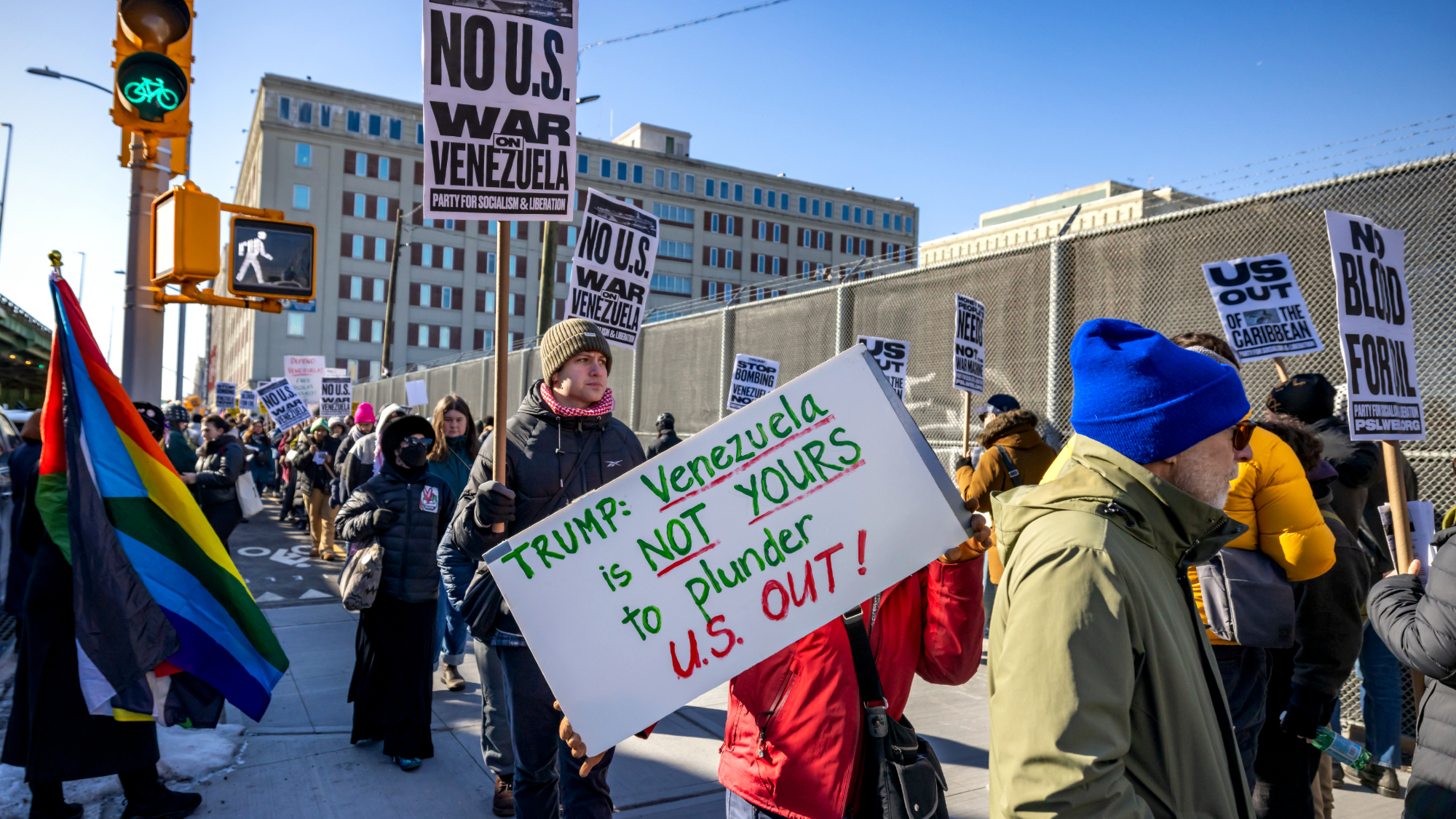Exhibit of the week: Van Gogh Up Close
The small paintings of trees, flowers, forest floors, and landscapes in this new show at the Philadelphia Museum of Art are rendered in eye-popping detail.
Philadelphia Museum of Art
Through May 6
Nothing moved Vincent van Gogh the way nature did, said Edward J. Sozanski in The Philadelphia Inquirer. Witness the 45 rather small paintings in this new show at the Philadelphia Museum of Art. Trees, flowers, forest floors, and landscapes—rendered in eye-popping detail—practically vibrate within their frames. Produced during the last four years of Van Gogh’s life, the canvases contain barely a human figure among them. They instead often suggest a painter fueled by “a feverish impulse to record as much of nature as possible” before time ran out. By foregrounding Van Gogh’s “devotional” connection to the natural world, the show “reveals the essence of the artist’s mystique and of his enduring popularity more effectively than any other exhibition I can recall.”
The Week
Escape your echo chamber. Get the facts behind the news, plus analysis from multiple perspectives.

Sign up for The Week's Free Newsletters
From our morning news briefing to a weekly Good News Newsletter, get the best of The Week delivered directly to your inbox.
From our morning news briefing to a weekly Good News Newsletter, get the best of The Week delivered directly to your inbox.
Time spent outdoors apparently can soothe even the most savage artist, said Roberta Smith in The New York Times. The show’s catalog contends that Van Gogh consciously spent time focusing on the minutest details of the natural world—a blade of grass, the wing of a moth—as a way to settle his unstable mind. In a section of the exhibition labeled “Blades of Grass,” sheaves of wheat and patches of grass are painted in brushstrokes that mimic the textures of nature, “one stalk, leaf, or blade at a time.” In the “High Horizons” section, “we see at least a dozen different pale greens, mint greens, and yellow greens that are wildly artificial and yet approximate, in their own way, the variety of color in nature.” Throughout, a viewer senses Van Gogh’s “restless intelligence, always looking, always striving” to glorify nature’s work.
“It diminishes Van Gogh a little” to view the work as primarily the product of self-therapy, said Dan Neil in The Wall Street Journal. We’re meant, it seems, to imagine him “rushing out with his easel to stare furiously at some clumps of grass, trying to silence the demons in his head.” Still, this show is “full of revelations.” Though you usually wouldn’t think of Van Gogh as a painter of “botanical realism,” the meticulous close-ups here, like Almond Blossom (1890), prove that he sometimes was. He also liked to bring his landscapes “right up to the viewer’s toes, painting with painstaking detail the bark of trees, the twists of vines, the striving thistle.” It’s easy, in fact, to imagine that these paintings gave Van Gogh “brief moments of peace in a turbulent life.” More than a century later, “they have the same effect on us.
A free daily email with the biggest news stories of the day – and the best features from TheWeek.com
-
 How robust is the rule of law in the US?
How robust is the rule of law in the US?In the Spotlight John Roberts says the Constitution is ‘unshaken,’ but tensions loom at the Supreme Court
-
 Magazine solutions - December 26-January 2
Magazine solutions - December 26-January 2Puzzles and Quizzes Issue - December 26-January 2
-
 Venezuela ‘turning over’ oil to US, Trump says
Venezuela ‘turning over’ oil to US, Trump saysSpeed Read This comes less than a week after Trump captured the country’s president